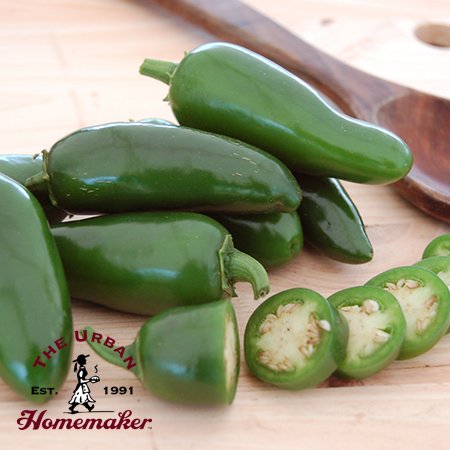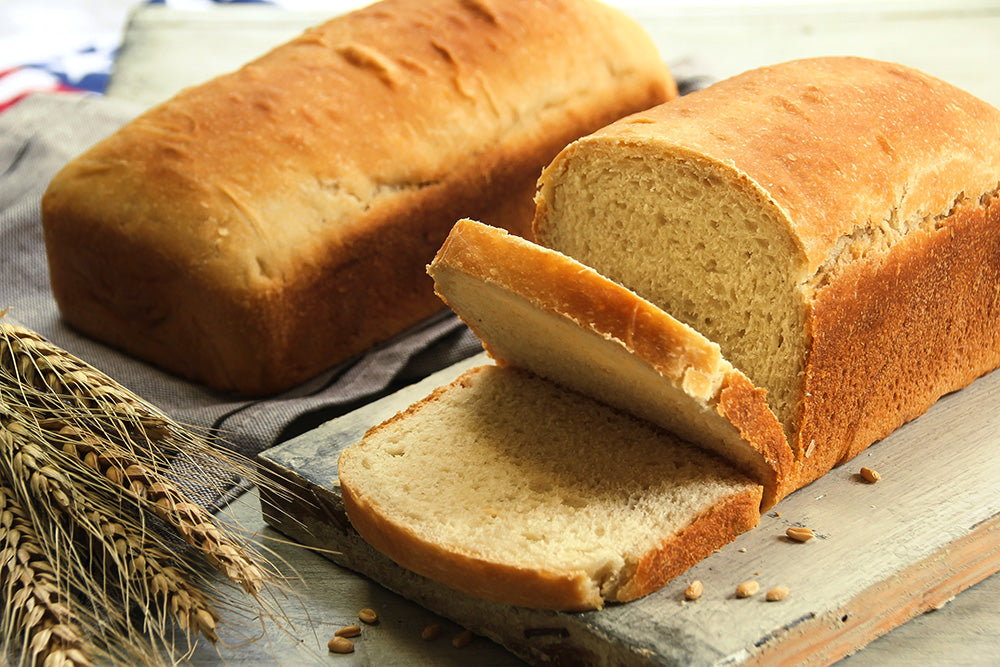Skip to product information


Early Jalapeno Pepper - Certified Organic
$3.95
Shipping calculated at checkout.
| Soil and Nutrient Requirements |
| Peppers prefer light, well drained, moderately fertile soil with pH 6.5-6.8. Use a high phosphorus starter fertilizer when transplanting to give young peppers a good start. Keep nitrogen levels in moderation, as high amounts can reduce yields. |
| Position |
| Full sun |
| Seeding Depth |
| 1/4” |
| Seeding Rate |
| 670 plants/1000’ 9700 plants/acre (~11M seeds/acre, ~2.75 oz), using 18” spacing, double rows, 18” apart on 6’ center beds. M=1000 |
| Plant Spacing |
| 12-18” |
| Row Spacing |
| 18-36" or double rows 18” apart on 5-6’ centers. |
| When to Sow |
| Start transplants 6-8 weeks before planting date. Sow seeds into flat ~4 seeds/inch and then pot up into 2” or larger cells after first set of true leaves appear. Optimal soil temperature for germination is 85°F. For growing transplants, maintain temperature at around 75°F during the day and 65°F at night. Harden off plants by slightly reducing temperature to 60-65°F and reducing water for 2-3 days before transplanting. |
| Other Considerations |
| Plant growth and fruit set is encouraged by use of plastic mulch to warm roots and soil, especially when used in combination with floating row cover. Remove row cover when temperatures are above 85ºF to avoid heat damage. |
| Frost Tolerant |
| No |
| Drought Tolerant |
| Yes |
| Heat Tolerant |
| Yes |
| Seed Specs |
| 3,400-4,900 seeds/oz (4M avg). Seeding rate: 670 plants/1000’ (~800 seeds, ~ ¼ oz.), 9,000 plants/acre (~12M seeds, ~ 3 oz.), using 18” spacing, double rows, 18” apart on 6' center beds. M= 1,000, MM=1,000,000 |
| Harvest |
| Harvest first peppers promptly to stimulate further fruit production. Peppers can be harvested and eaten at either unripe (green) or ripe (colored) stage. Colored peppers generally require 2 – 4 weeks longer |
| Storage |
| Store peppers at 50° - 54°F and 95% percent relative humidity. Chilling injury occurs at temperatures below 45°F. |
| Pest Info |
|
| Disease Info |
|

Our Famous
Whole Wheat Bread Recipe
Grandma Marilyn's Famous Bread Recipe is VERSATILE! Use it to make cinnamon rolls, pizza, bread sticks, and more.